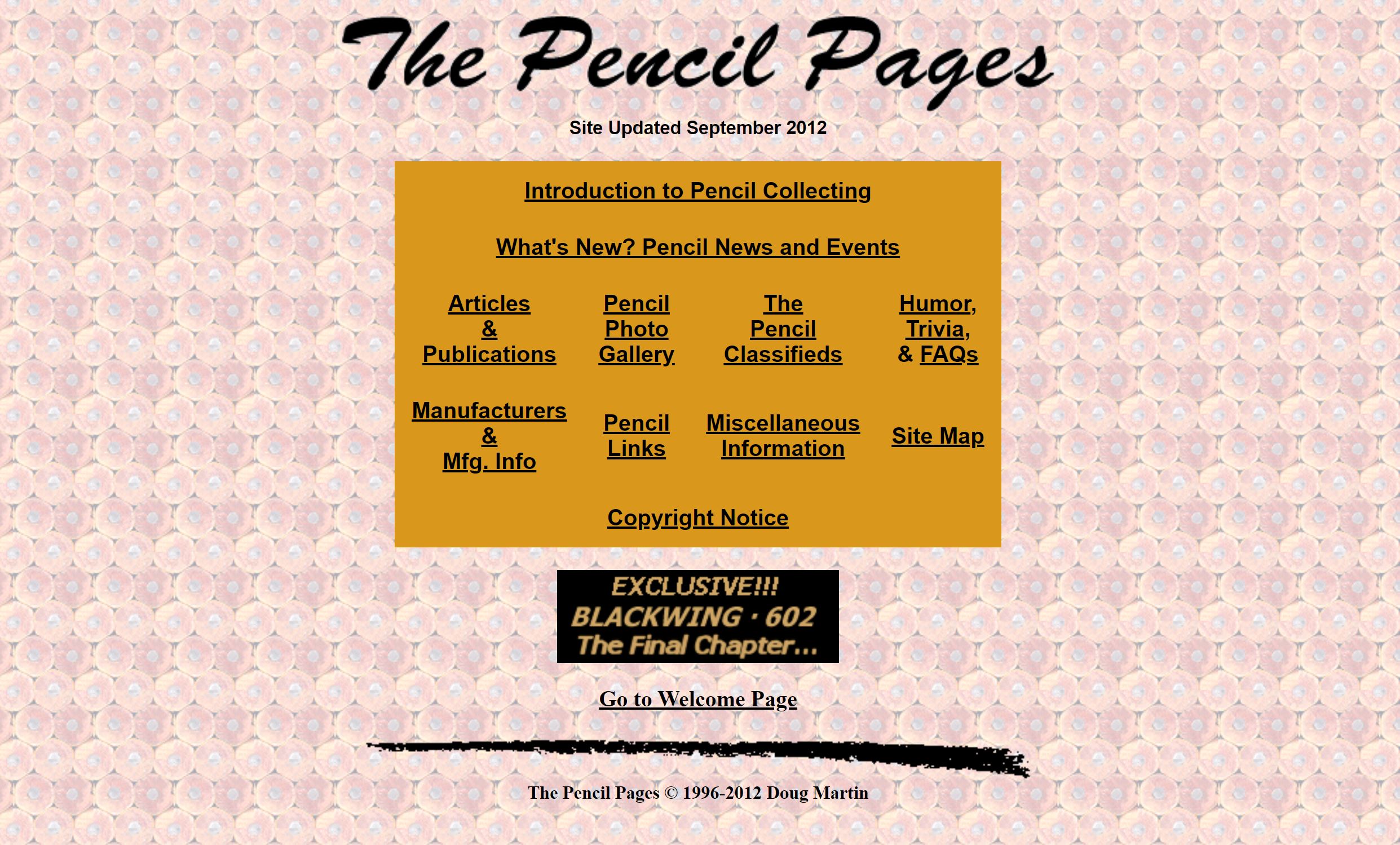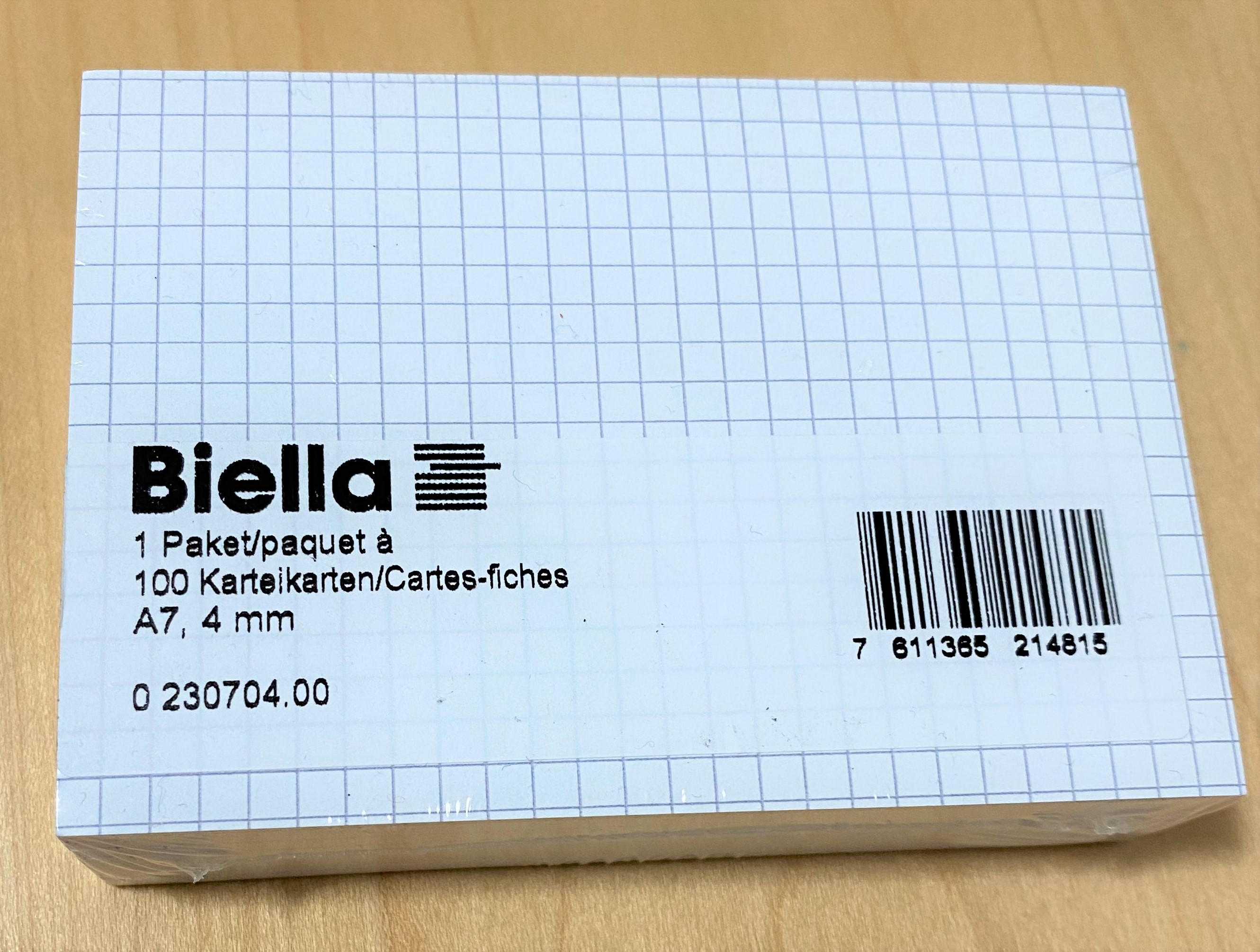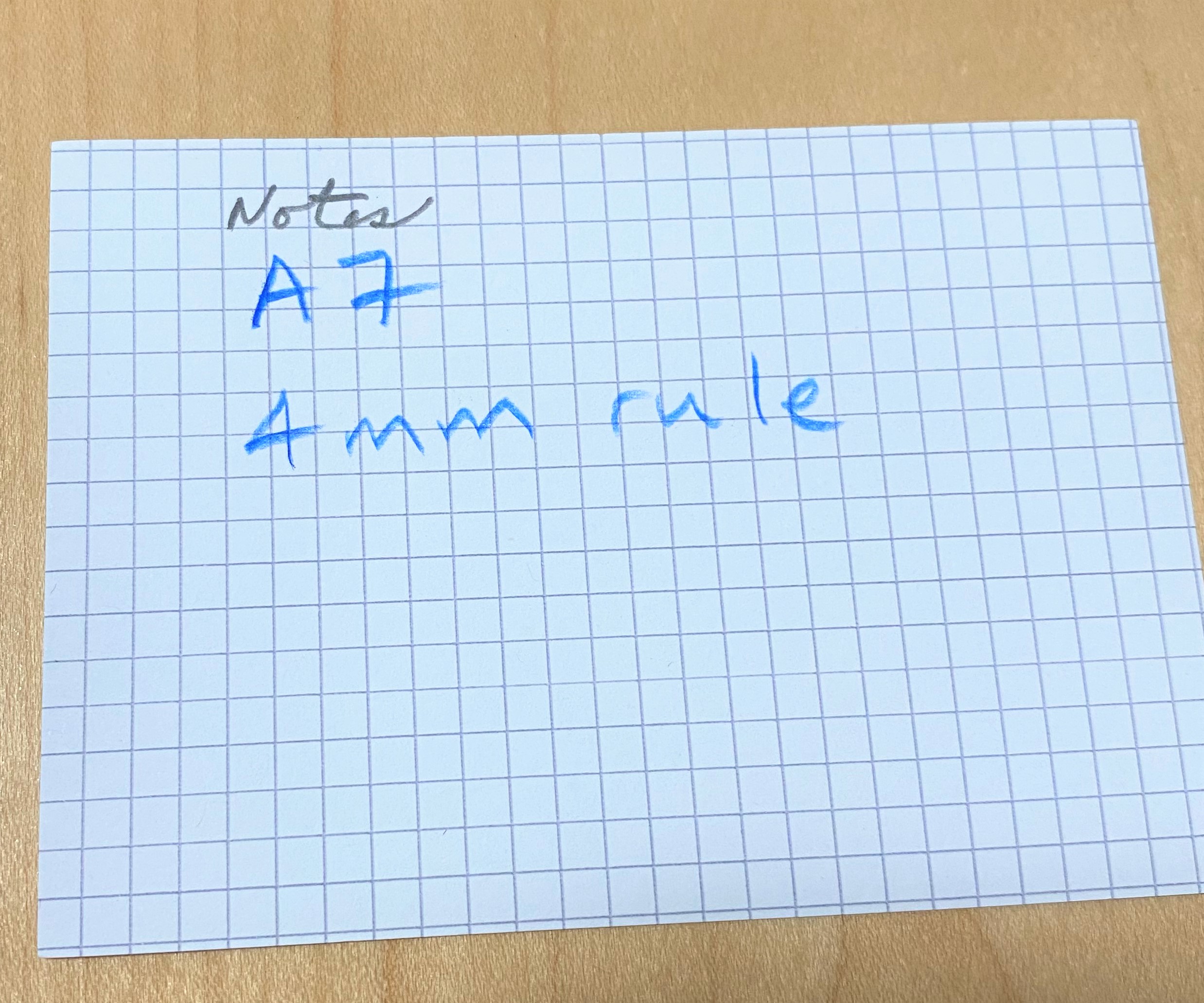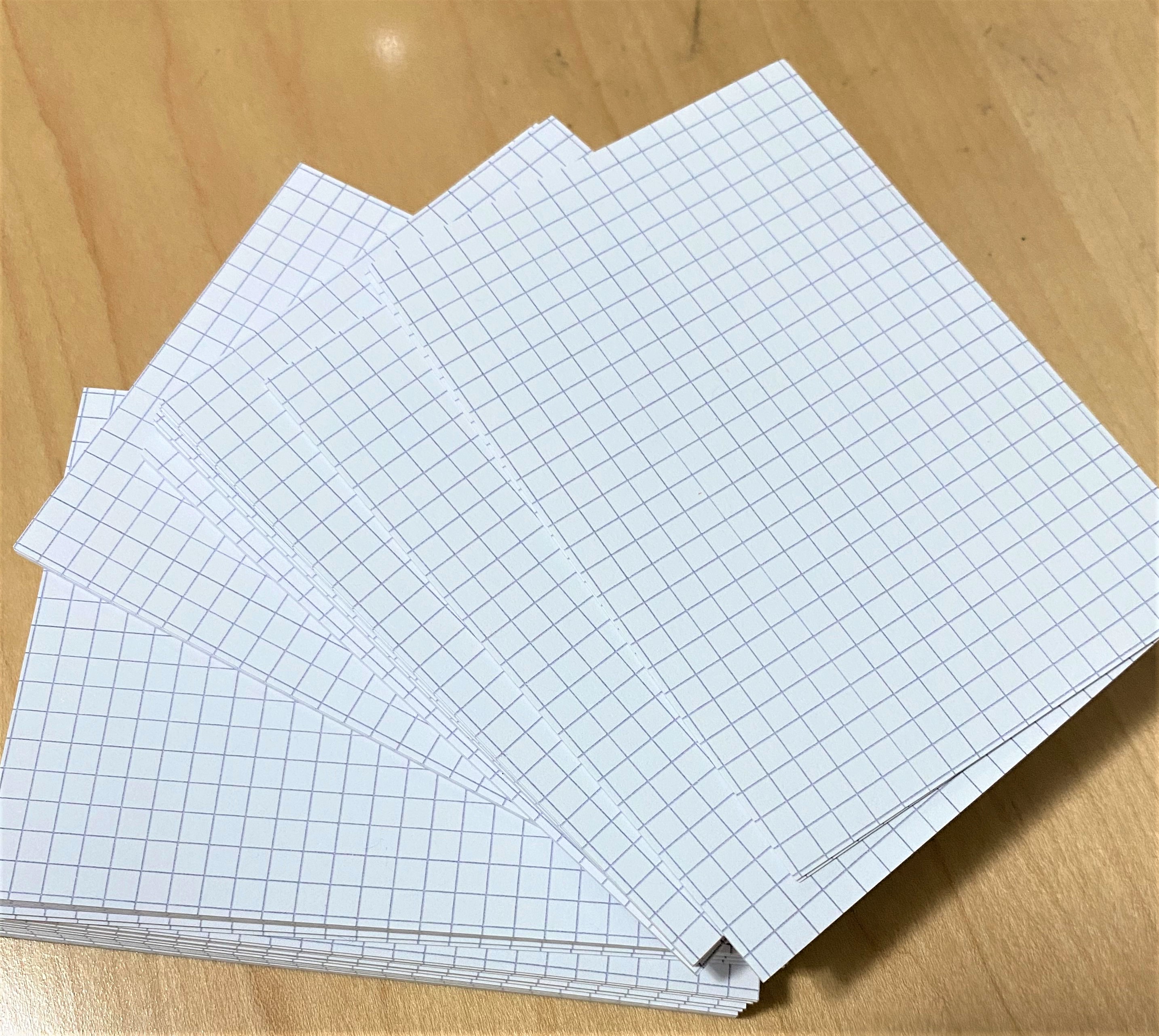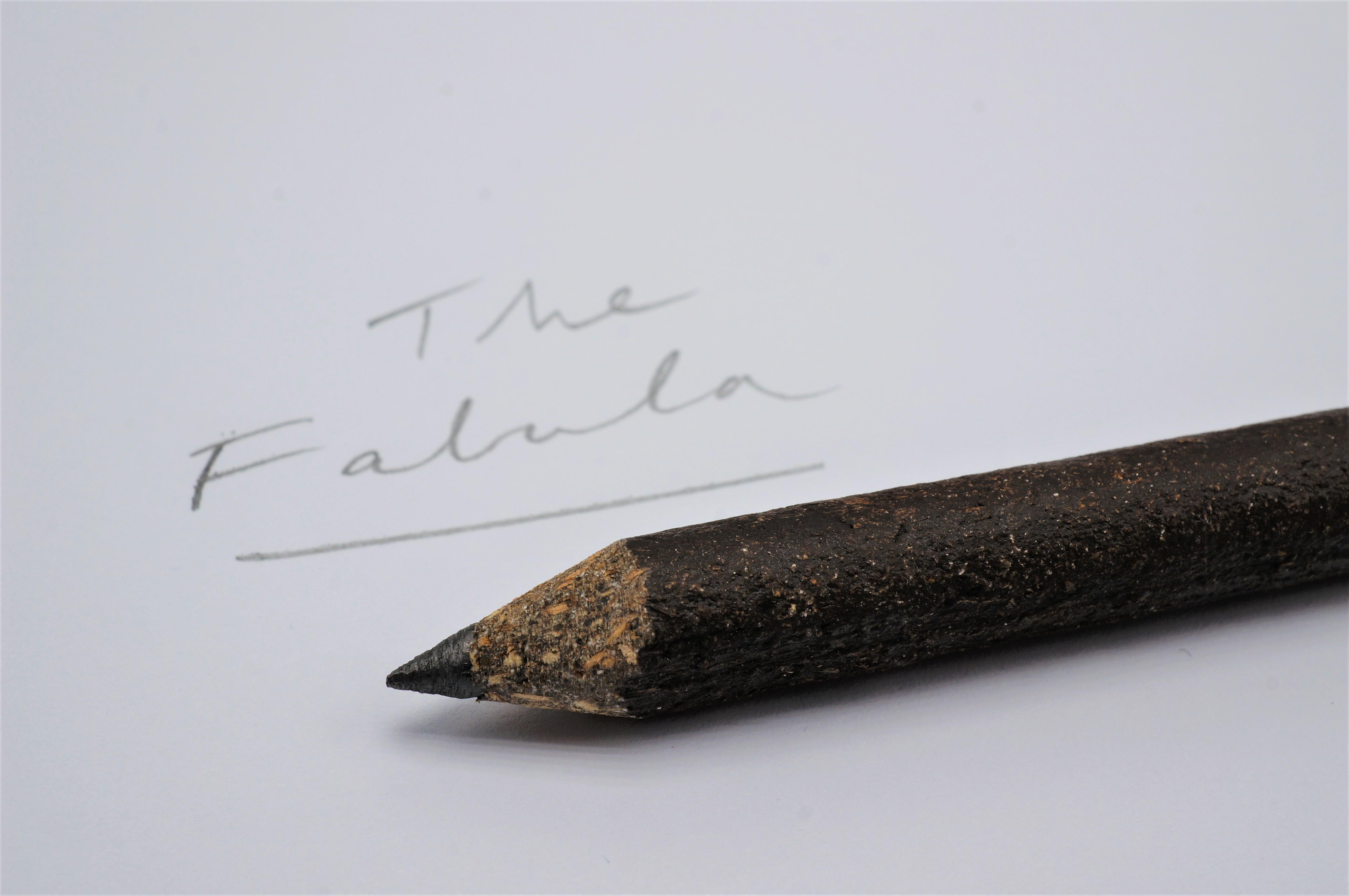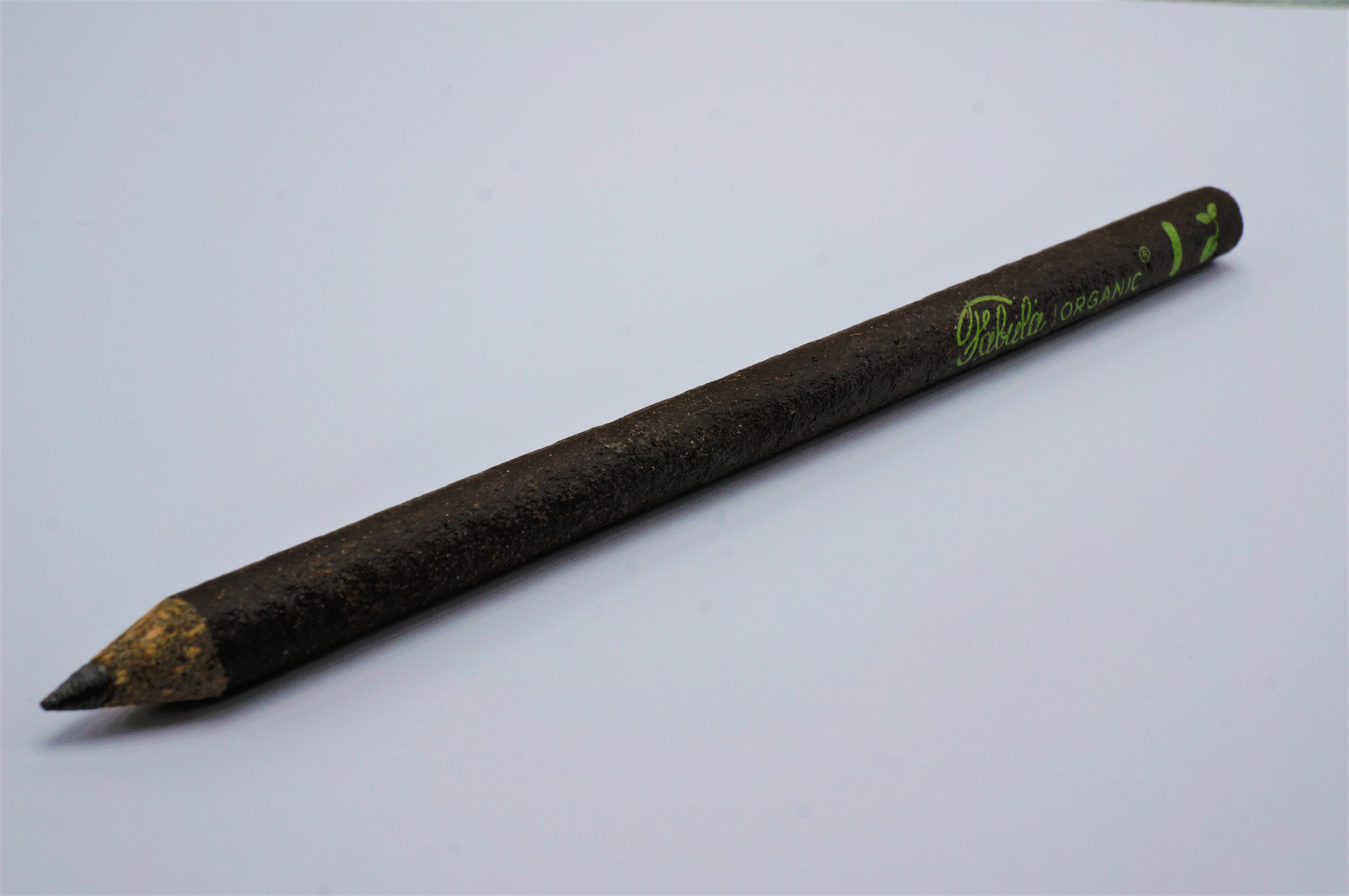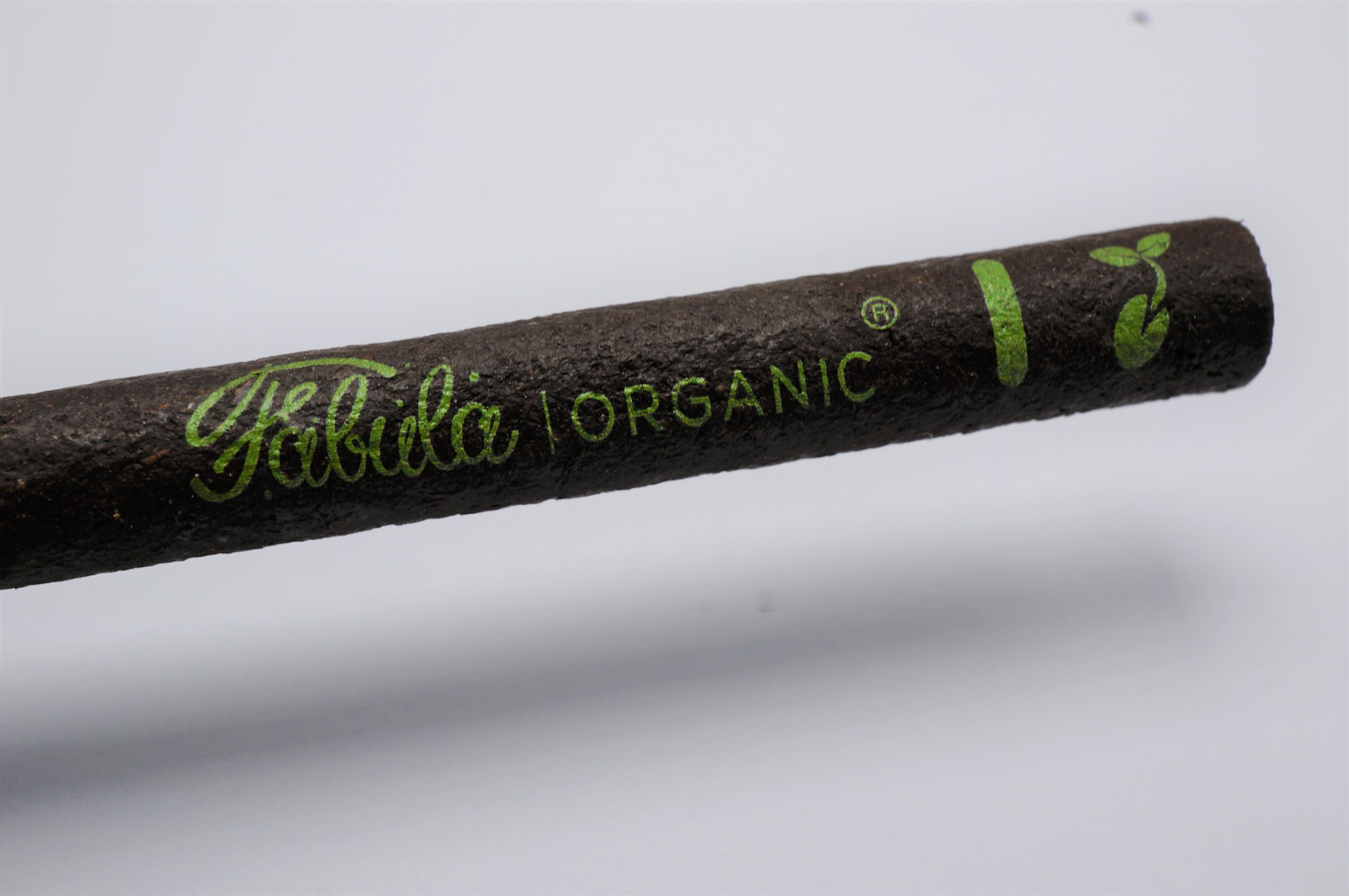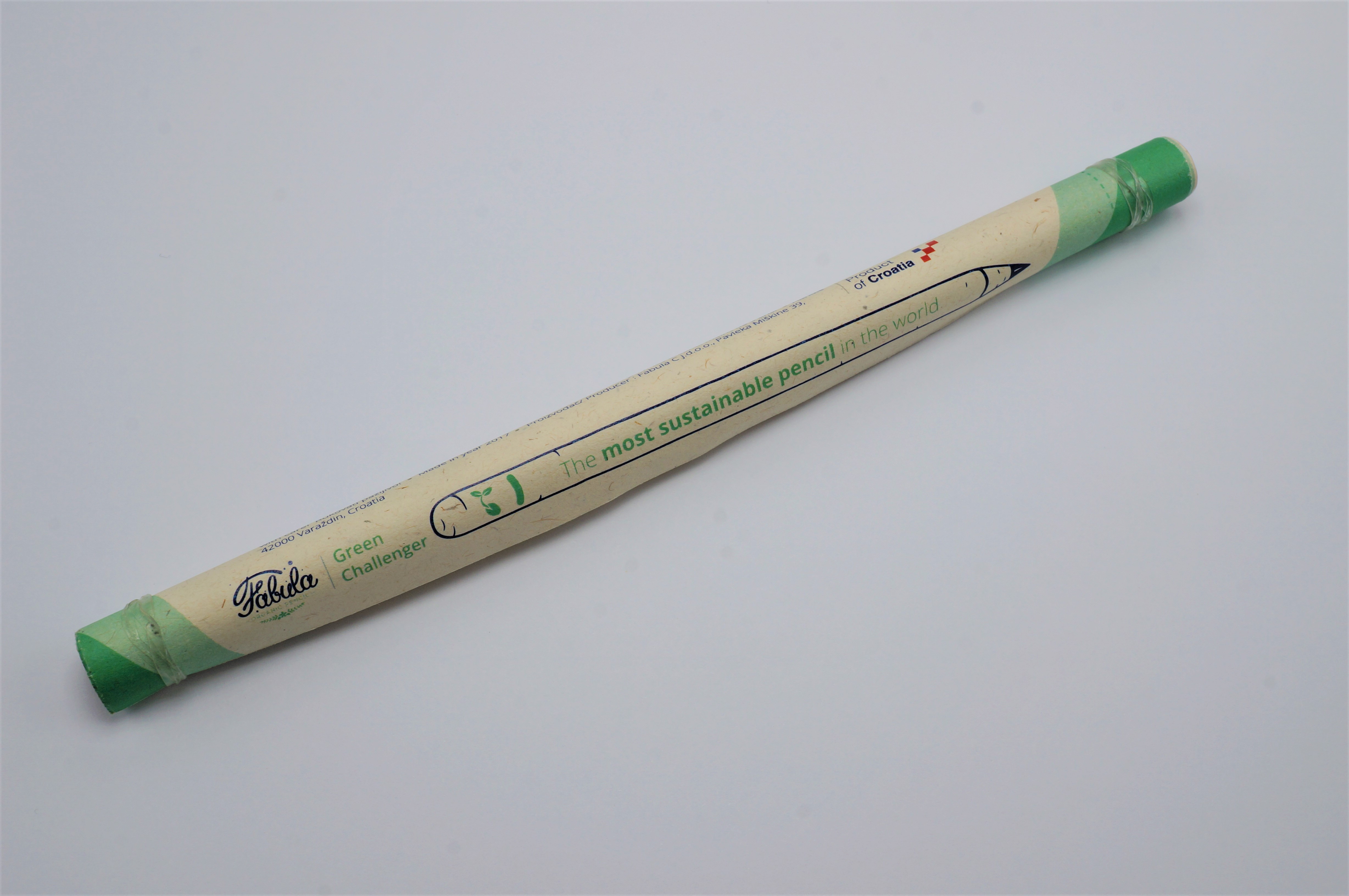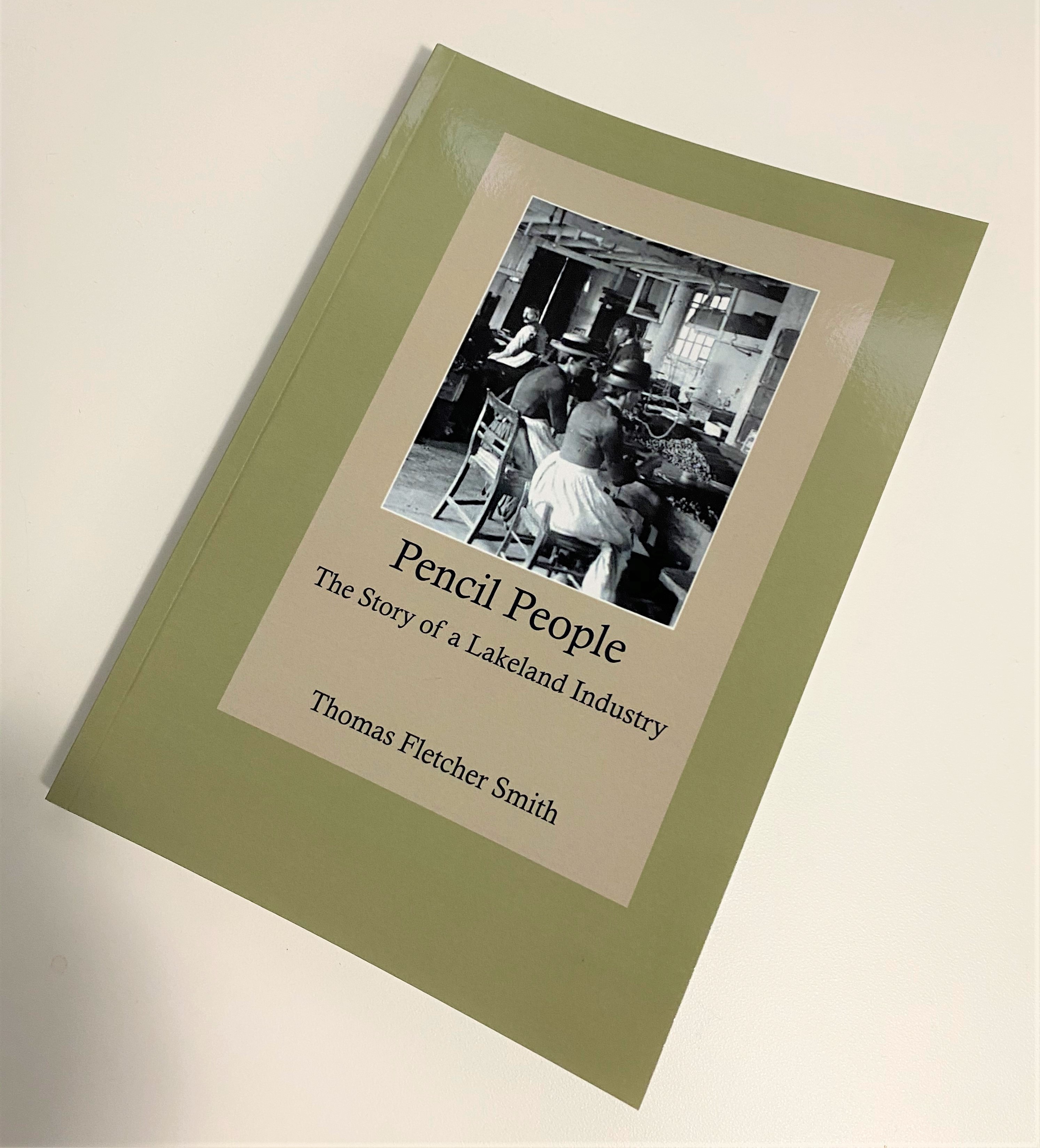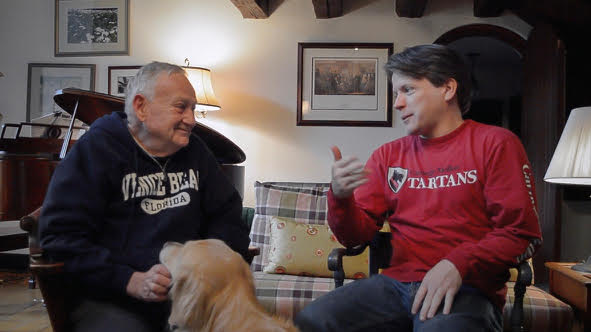
Sean Malone interviewing Eberhard Faber IV
Absinthetongue, CC BY-SA 4.0, via Wikimedia Commons
This is an attempt to list Sean Malone’s pencil related film, online, and print citations and contributions. Corrections and additions are most welcome.
“For anyone who thinks this is about pencils, it’s not — they’re just pencils. It’s about caring for something very deeply.” – Sean Malone
Abramovitch, S. (2013) Why Is Hollywood Obsessed With This Pencil? The Hollywood Reporter. [online] Available at https://www.hollywoodreporter.com/news/blackwing-602-why-is-hollywood-600265 [Accessed 28 Dec. 2020]
Eby, M. (2013) An ode to the Blackwing 602, Vladimir Nabokov’s favorite pencil. New York Daily News. [online] Available at https://www.nydailynews.com/blogs/pageviews/ode-blackwing-602-vladimir-nabokov-favorite-pencil-blog-entry-1.1640869 [Accessed 28 Dec. 2020]
Faber-Castell. (2013) The Fan: The pencil blogger. Faber-Castell Topics [online] Available at https://www.faber-castell.de/~/media/Faber-Castell/press/employees-friends/Newsletter-de-en/Faber_HZ-1-2013_en.ashx 2013:1, p.8. [Accessed 27 Dec. 2020]
Faber-Castell. (2015) Sean Malone visits Eberhard Faber. Faber-Castell: Our Company [online] Available at http://www.faber-castell.com/~/media/Faber-Castell/press/employees-friends/2015/englisch_LR_F-C_HZ_2_2015.ashx 2015:2, p.8. [Accessed 27 Dec. 2020]
Komurki, M. (2016) Stationery Fever: From Paper Clips to Pencils and Everything in Between. [Berlin] Prestel.
Malone, S. (2010-2020) Blackwing Pages. [online] Available at
https://blackwingpages.com/ [Accessed 27 Dec. 2020]
Malone, S. (2010-2020) Contrapuntalism. [online] Available at
https://contrapuntalism.blog/ [Accessed 27 Dec. 2020]
Malone, S. (2010) Sean Malone: Clairfontaine Music Pad. The Goulet Pen Company. [online] Available at https://blog.gouletpens.com/2010/07/sean-malone-clairefontaine-music-pad/ [Accessed 28 Dec. 2020]
Moist, K., Banash, D. (2013) Contemporary Collecting. [Lanham, Maryland] Scarecrow Press.
No. 2: Story of the Pencil (2016). [online]. Directed by William Allen. USA: Abverbia Films [Viewed 10 November 2016]. Available from Amazon Prime, Apple iTunes, Google Play, Vimeo On Demand, YouTube Movies.
Stein, S. (2013) Secret Erotica, Jane Austen, and Other News. The Paris Review. [online] Available at https://www.theparisreview.org/blog/2013/08/13/secret-erotica-jane-austen-and-other-news/ [Accessed 28 Dec. 2020]
Ward, J. (2014). Adventures in Stationery: A Journey Through Your Pencil Case. [London] Profile Books.
Weaver, C. (2017) The Pencil Perfect: The Untold Story of a Cultural Icon. [Berlin] Gestalten.

